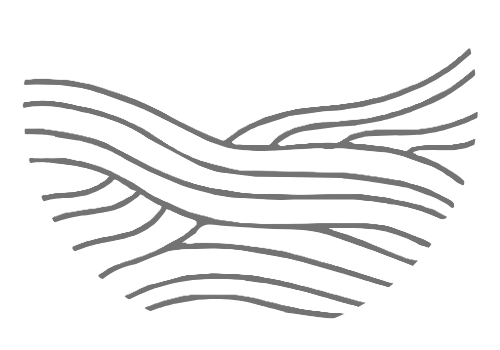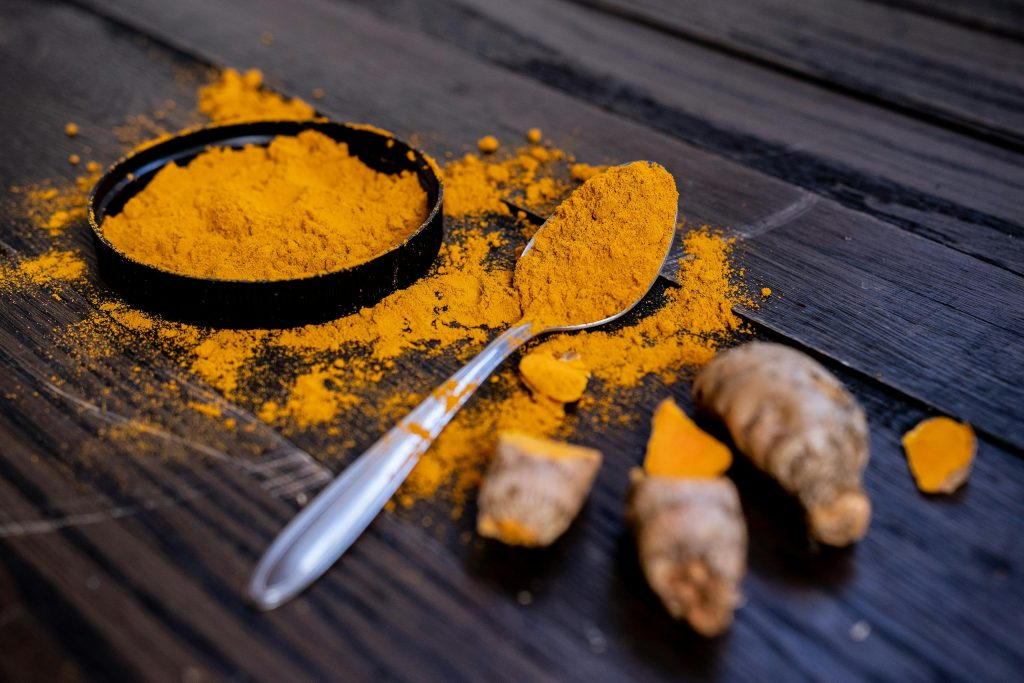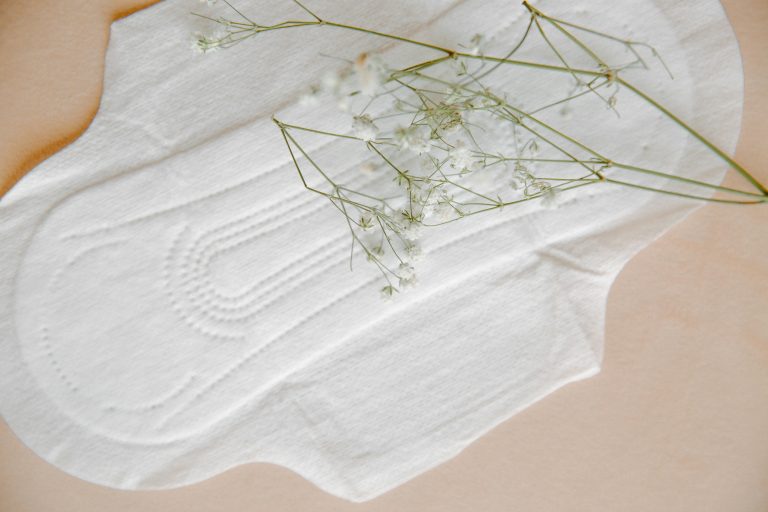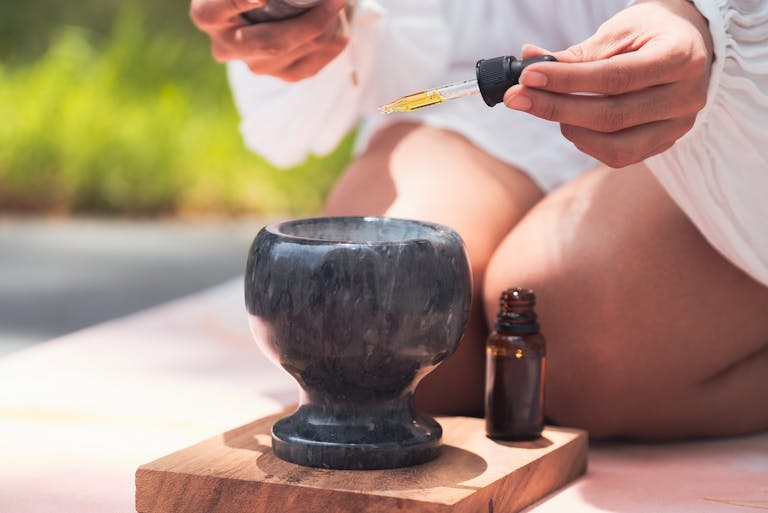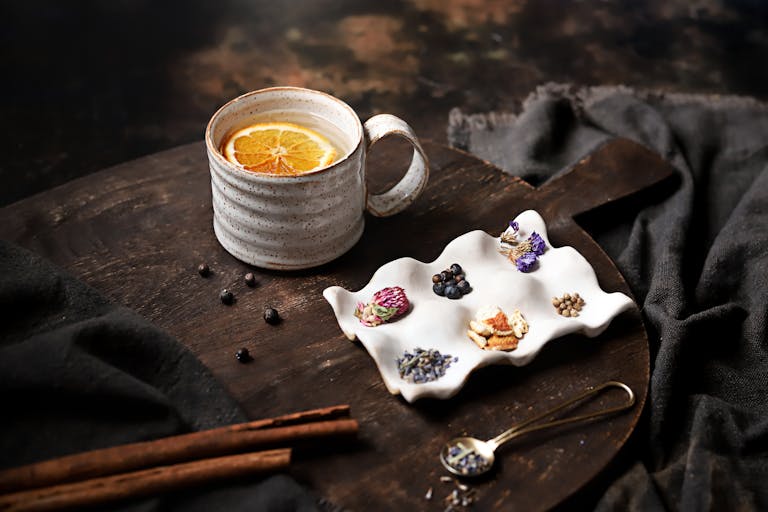Oh, menstrual cramps. Those unwelcome monthly visitors that used to have me reaching for the heating pad and pain relievers like clockwork. I remember my first experience with severe cramping during high school – spending all Saturday in bed, not knowing if it would ever stop while the rest of the family enjoyed a visit from the grandparents and my mother telling me not to be so dramatic. Turns out, I’m far from alone. Did you know that over 80% of women experience menstrual pain at some point, with about 20% describing their cramps as severe enough to disrupt daily activities?
While I was busy suffering in silence during those teenage years, I wish I’d known about natural alternatives like turmeric. This vibrant yellow spice isn’t just for curries – it’s actually making waves in the world of period pain management! As someone who’s tried everything from prescription medications and yoga poses to trying to use the heater in the classroom as a heating pad, I’m always eager to explore options that might help teenage girls have better period experiences than I did.
Let’s dive into whether this golden spice lives up to the hype when it comes to taming those monthly dragons.
Understanding Menstrual Cramps: Causes and Traditional Treatments
First things first – what’s actually happening when cramps strike? I spent years thinking my body was just being dramatic until I learned the science behind the pain. During your period, your uterus contracts to help shed its lining. These contractions are triggered by hormone-like substances called prostaglandins – and the higher your prostaglandin levels, the more intense your cramps tend to be. It’s literally your uterus squeezing and cramping to push out the menstrual fluid!
Traditionally, doctors recommend over-the-counter NSAIDs like ibuprofen or naproxen, which work by reducing those prostaglandins. Some people also turn to hormonal birth control to lighten periods and reduce cramping. My mother used to tell me that it’ll get better once I give birth … I was 14 at the time (could you imagine giving that advise to your daughter!?) 🤯 But here’s the catch – these solutions don’t work for everyone, and they can come with unwanted side effects.
I remember taking so much ibuprofen during high school that my stomach would hurt almost as much as my cramps – I don’t want to think about the potential liver damage from it! And for those of us who prefer more natural approaches or can’t take certain medications, finding alternatives becomes really important. That’s where turmeric enters the conversation.
What is Turmeric and How Does It Work?
Turmeric is basically the rock star of the spice world right now, but it’s been a staple in Ayurvedic medicine for thousands of years. That vibrant yellow-orange powder comes from the root of the Curcuma longa plant, and its magic lies primarily in an active compound called curcumin.
Here’s where it gets interesting for us period-havers: curcumin has powerful anti-inflammatory properties. Remember those prostaglandins I mentioned earlier that cause uterine contractions and pain? They’re also inflammatory compounds. Turmeric works similarly to NSAIDs by inhibiting the production of prostaglandins and other inflammatory molecules, potentially resulting in less intense cramping.
But turmeric doesn’t stop there. It also appears to have antispasmodic effects, which means it may help relax the muscle contractions that cause cramping in the first place. I wish I’d known this back when I was hiding in the nurse’s office month after month, trying to breathe through particularly vicious cramps!
In traditional medicine systems across South Asia, turmeric has been used for centuries to address menstrual discomfort and promote healthy menstruation. Modern science is finally catching up to what these traditions have long understood.
Scientific Evidence: Can Turmeric Really Help with Period Pain?
I’m always skeptical about “miracle” remedies (I’ve tried enough Instagram-hyped period products to know better!), so let’s look at what the research actually says about turmeric for menstrual pain.
Several studies have shown promising results. One randomized controlled trial published in the Journal of Alternative and Complementary Medicine found that curcumin was as effective as ibuprofen in reducing menstrual pain. Participants took either curcumin or ibuprofen for the first three days of their period, and both groups reported similar levels of pain relief. That’s pretty impressive for a natural remedy!
Another study published in Phytotherapy Research looked at women with primary dysmenorrhea (the medical term for regular, painful periods) and found that those taking curcumin experienced significantly less menstrual pain than those taking a placebo.
But – and this is important – research specifically on turmeric and menstrual pain is still somewhat limited. Many studies use curcumin extracts rather than whole turmeric, have relatively small sample sizes, or haven’t been replicated widely yet.
What does this mean for us? While the evidence is promising, it’s not definitive. Turmeric may help reduce menstrual pain for many people, but it’s not guaranteed to work for everyone. And as with most natural remedies, results can vary widely from person to person.
How to Use Turmeric for Menstrual Cramp Relief
So you want to give turmeric a try – I don’t blame you! I sure wish I’d known about it back in high school. But how exactly should you use it for period pain? Here are the options:
Turmeric comes in several forms:
- Supplements: Curcumin capsules or tablets provide the most concentrated dose. Look for ones that contain piperine (from black pepper) to enhance absorption – curcumin alone isn’t easily absorbed by the body.
- Powder: The regular cooking spice can be added to foods or beverages. This contains less curcumin by volume than supplements but can still be beneficial.
- Fresh turmeric root: Looks like ginger but with a bright orange interior. You can grate it into foods or beverages.
For timing, many people find the best results when they start taking turmeric a few days before their period begins and continue through the days when cramping is worst. I personally would have benefited from tracking my cycle better as a teen so I could have been prepared with remedies before the pain hit!
As for dosage, this can vary based on the form you’re using:
- Supplements: Most studies use 500-1000mg of curcumin per day
- Powder: 1-3 teaspoons daily, divided between meals
- Fresh root: 1-3 inches grated daily
Just remember that patience is key – turmeric isn’t an instant fix like pain medication. For some, benefits build up over several menstrual cycles of consistent use.
Delicious Ways to Incorporate Turmeric into Your Diet
Let’s be real – nobody wants to swallow spoonfuls of raw turmeric powder. Luckily, there are much tastier ways to get your dose in!
Golden milk is probably the most popular turmeric drink, and for good reason – it’s delicious! Here’s a simple recipe I wish I’d had years ago:
- Warm 1 cup of milk (dairy or plant-based)
- Add ½ teaspoon of turmeric powder
- Add a pinch of black pepper
- Sweeten with honey if desired
- Optional: add cinnamon, ginger, or cardamom for extra flavor
Sipping this warm, comforting drink before bed during your period can be especially soothing.
Turmeric can also jazz up your morning smoothie. Try this combination: banana, mango, a small piece of fresh turmeric (or ¼ teaspoon powder), a tiny pinch of black pepper, and your milk of choice. The tropical flavors mask the earthy taste of turmeric perfectly.
For meals, try adding turmeric to:
- Scrambled eggs or tofu
- Rice dishes
- Soups and stews
- Roasted vegetables with olive oil
The key is consistency – incorporating small amounts regularly works better than having a large amount occasionally.
Potential Side Effects and Precautions
Before you go all-in on turmeric, there are some important considerations. While turmeric is generally recognized as safe for most people, it’s not without potential downsides.
Some people experience digestive issues like nausea, diarrhea, or stomach upset when taking turmeric in large amounts. Starting with a smaller dose can help your body adjust.
More importantly, turmeric acts as a natural blood thinner, which means it shouldn’t be taken alongside medication like warfarin, aspirin, or other blood thinners. It might also interfere with certain diabetes medications and antacids.
You should avoid therapeutic doses of turmeric if you:
- Have gallbladder problems
- Are pregnant (without medical supervision)
- Have a bleeding disorder
- Are about to undergo surgery
- Take certain medications
I’ve personally found that turmeric can sometimes stain everything it touches – from countertops to fingers to clothing. That yellow color doesn’t come out easily, so be careful when handling it.
If you’re interested in trying turmeric, especially as a supplement, it’s worth mentioning to your healthcare provider first. This is particularly important for teenagers, who should discuss any supplements with their doctor.
Other Natural Remedies That Complement Turmeric
Turmeric works best as part of a holistic approach to period pain management. Here are some complementary strategies that can enhance its effects:
Heat therapy remains one of the most effective natural remedies for menstrual cramps. A hot water bottle or heating pad works wonders.
Gentle movement, though it’s the last thing you feel like doing, can actually help. Light yoga, walking, or stretching increases circulation and releases endorphins that combat pain. I discovered this accidentally when forced to participate in PE despite cramps – sometimes the movement genuinely helped (though I still wish I’d been given the choice!).
Other anti-inflammatory herbs that pair well with turmeric include ginger and cinnamon. A tea combining all three can be especially powerful for cramp relief.
Magnesium-rich foods may also help reduce menstrual pain. Think dark chocolate (yes, really!), avocados, nuts, and leafy greens. Magnesium helps relax muscles, including the uterus.
And don’t underestimate the power of adequate rest and stress management. High stress levels can actually worsen period pain, creating a vicious cycle that’s all too familiar for many of us.
Conclusion
After diving deep into the world of turmeric for menstrual cramps, here’s what I’ve learned: while it’s not a miracle cure, turmeric shows genuine promise as a natural approach to period pain management. The research, while still developing, suggests its anti-inflammatory properties can provide relief comparable to conventional pain relievers for some people.
If I could go back and talk to my teenage-self curled up in bed, I’d definitely suggest giving turmeric a try alongside other natural approaches. I’d also remind myself that period pain, while common, isn’t something we should just “tough out” or suffer through silently.
Whether you’re looking to reduce your reliance on pain medications or simply exploring additional tools for your period management toolkit, turmeric might be worth adding to your routine. As with any natural remedy, consistency is key, and results may take time – sometimes several menstrual cycles – to become noticeable.
Remember that each person’s body responds differently, so what works wonderfully for one might do little for another. Listen to your body, track your results, and don’t hesitate to discuss your period pain with a healthcare provider, especially if it’s severe or disrupting your life.
Have you tried turmeric for period pain? I’d love to hear about your experience in the comments below!
Want to help your daughter have an easier time with her period? I remember the struggles, and I know how helpless it can feel having to suffer through painful periods. That’s why I’m passionate about helping moms and their daughters finding effective, wholesome and natural ways to navigate these symptoms with confidence and care. She doesn’t have to suffer. In my coaching program, I will work with you to create a personalized support plan combining gentle nutrition tips, simple lifestyle adjustments, and natural comfort measures that work.
Let’s make this journey smoother – for both of you. Schedule a discovery session with a coach to explore how we can help your daughter feel more comfortable and confident during her period. My approach focuses on education and practical solutions that fit seamlessly into your family’s lifestyle.
